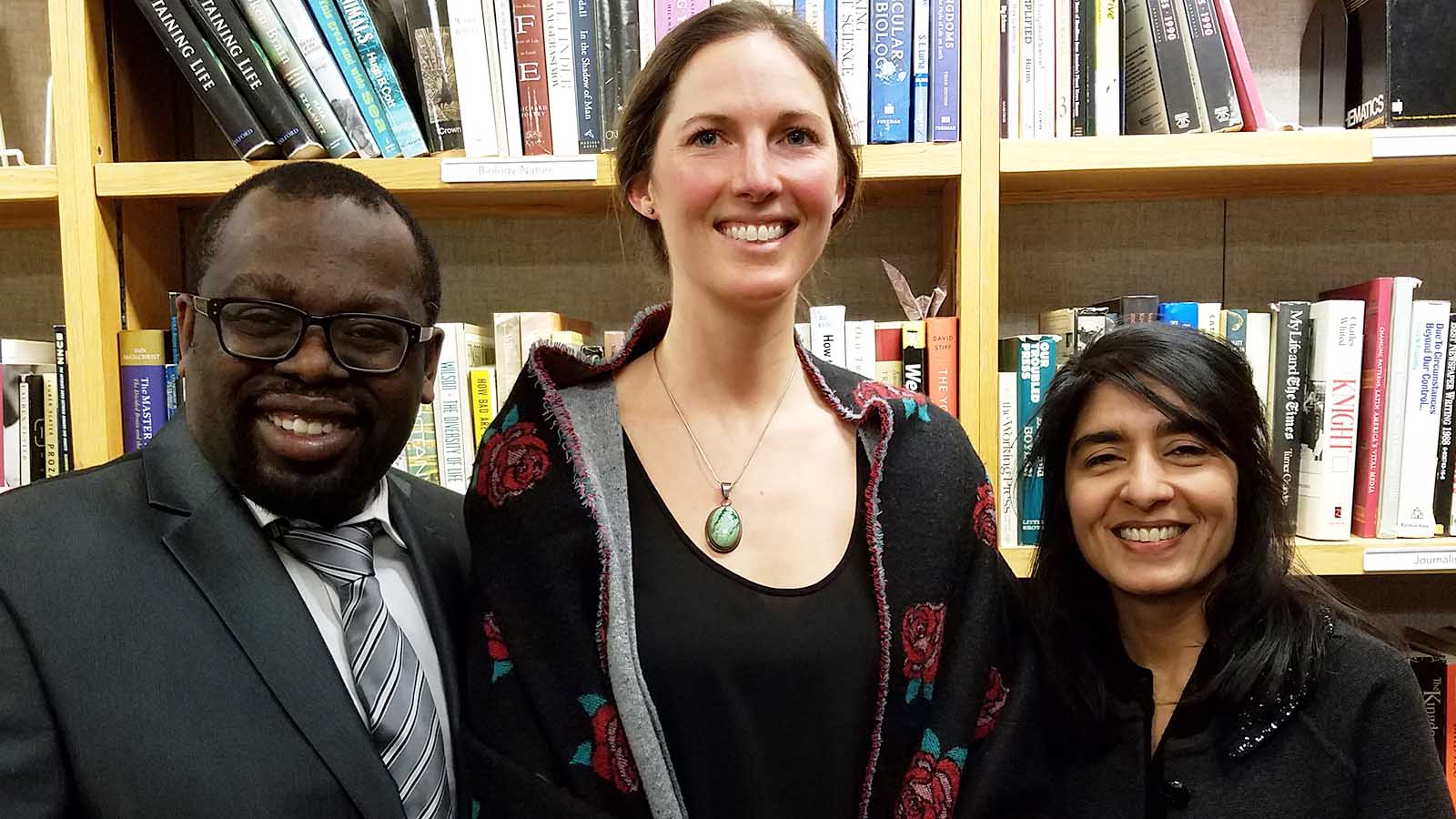
The best-selling book out of MIT Press is “101 Things I Learned in Architecture School,” by Matthew Frederick. Seven inches wide by five inches high, it includes exactly 101 black-and-white illustrations, each accompanied by a short design lesson — from basics like how to draw a line to complex color theory. Gita Manaktala, the press’s editorial director, attributes the book’s success to its alluringly simple concept and design.
“Nobody can resist it,” Manaktala told the 2017-18 KSJ fellows at their first seminar of the spring semester, on Feb. 8. “It wasn’t until I saw the whole package that I realized we hadn’t printed enough copies. And it’s still going strong.”
Manaktala and two other MIT Press editors — Beth Clevenger, senior acquisitions editor, and Jermey Matthews, acquisitions editor — joined the fellows for a lively two-hour conversation on topics ranging from what makes a best-seller to the most memorable book proposals to the future of the e-book publishing industry.
Associate Director David Corcoran kicked off the conversation by asking how MIT Press differs from a typical trade publisher. The most conspicuous difference, Manaktala replied, is that the press — like the scientific community — relies on a peer-review process, with outside academic experts advising on whether a book should be published and how a manuscript should be revised.
“That ends up being such a valuable service for authors; they get such good feedback from it,” said Manaktala. “It’s hard for us to imagine how trade publishers do without it.”
The press, one of the largest of its kind in the country, also publishes more scholarly works, whose costs tend to be subsidized by textbooks and titles that appeal to a broader audience. Manaktala said the press is expanding into more and more subject areas, specifically in the sciences.
That was welcome news to this year’s KSJ fellows, who were eager to hear how to join the ranks of other MIT Press authors.
“What is kind of a dream submission to come across your desk?” asked Caty Enders.
Matthews, a former science writer and book-review editor for Physics Today, said that among the piles of proposals he receives, innovative formats tend to stand out. The first trade book he signed after joining the press a year and a half ago was a graphic novel, “The Dialogues,” written and drawn by the theoretical physicist Clifford V. Johnson.
For Clevenger, a good book proposal is one that proves no one else could possibly write that book. In her field (environment and urbanism), the same narratives tend to come up over and over, “so why one reader should listen to one author over another sometimes gets lost,” she said. Sometimes to get that one-of-a-kind perspective means bringing in a notable expert. For example, she recently published “Energy and Civilization: A History,” by Vaclav Smil — one of Bill Gates’s favorite authors. Often, however, a project’s appeal lies in the novelty of the argument, not the prominence of the author.
As for the toughest type of book to get published: All three speakers agreed that memoirs — what they called “legacy projects” — are notoriously difficult: To work for a university press, any personal narrative must be in support of a remarkable scholarly achievement.
Of course, that doesn’t make a disappointed memoirist feel any better. “It’s always personal for the author,” said Manaktala. “This is your life story, and if the readers are not there, it hurts — badly. And it’s hard to get the readers because it’s such a crowded category. Unless you’re a national figure or celebrity.”
The event was more conversational than typical lecture-like seminars. Manaktala, Clevenger, and Matthews frequently turned questions back to the fellows to see what they were working on or reading. “I see you as my audience as well as people that can be gleaners of the next big thing,” said Clevenger.
Teresa Carr, a health writer who is working on a book proposal about pain, said her book selections often come from listening to NPR and browsing brick-and-mortar stores — a shared experience among many attendees.
Turning the conversation to the future, Jane Qiu asked about nontraditional publishing formats. Manaktala said the press tries to be “format agnostic” and has even experimented with concepts like iPad apps for special projects.
But all three speakers agreed that even in the age of e- and audio books, print books have seen great sales. For example, “Deep Learning,” an 800-page computer science book that the press published in 2016, still sells well despite its $80 price tag and the fact that it can be read online free of charge.
Over all, the talk painted an optimistic future for aspiring authors looking to join their fellow KSJ alumni in publishing a book — or others, like Kolawole Talabi, who joked, “I don’t really see writing books in my future, except maybe as a legacy project.”

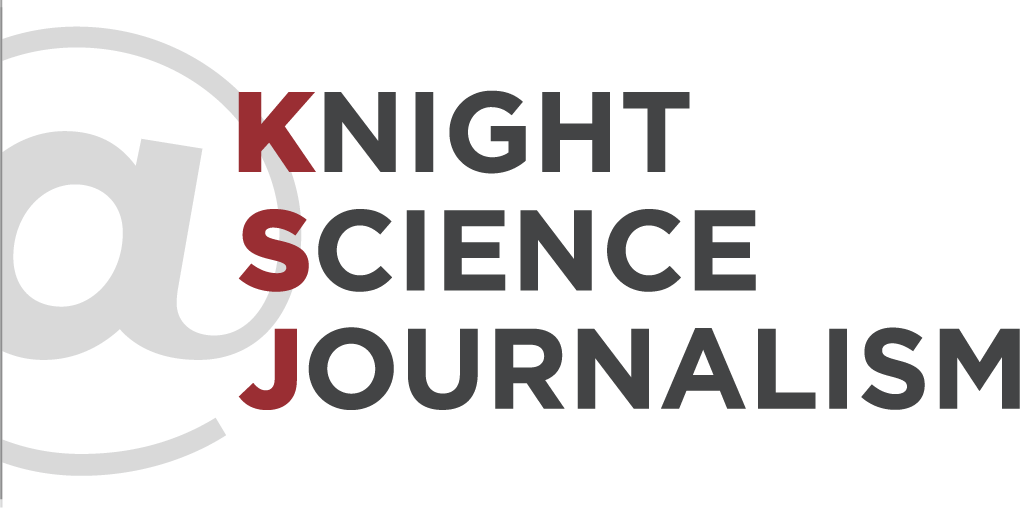
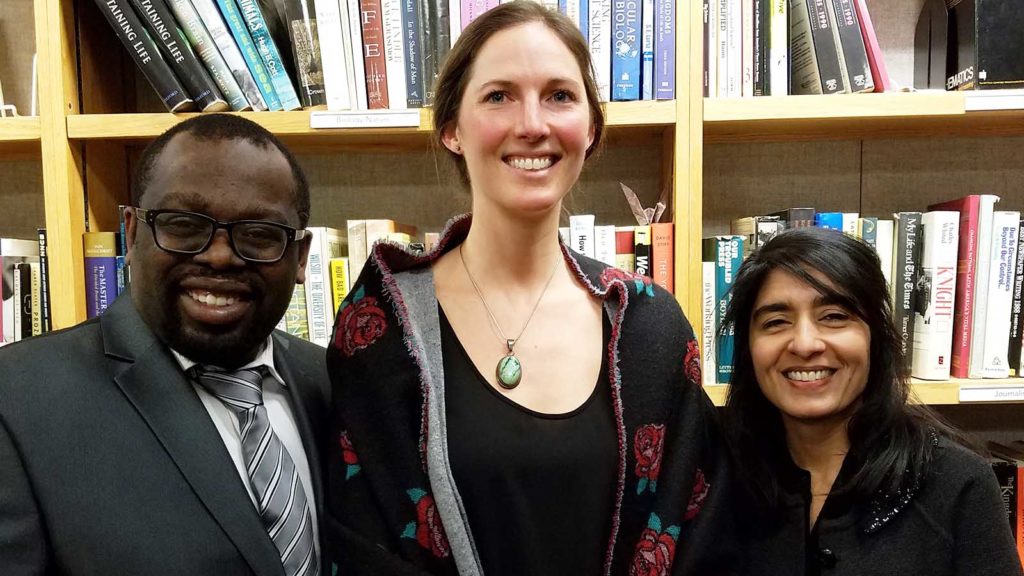
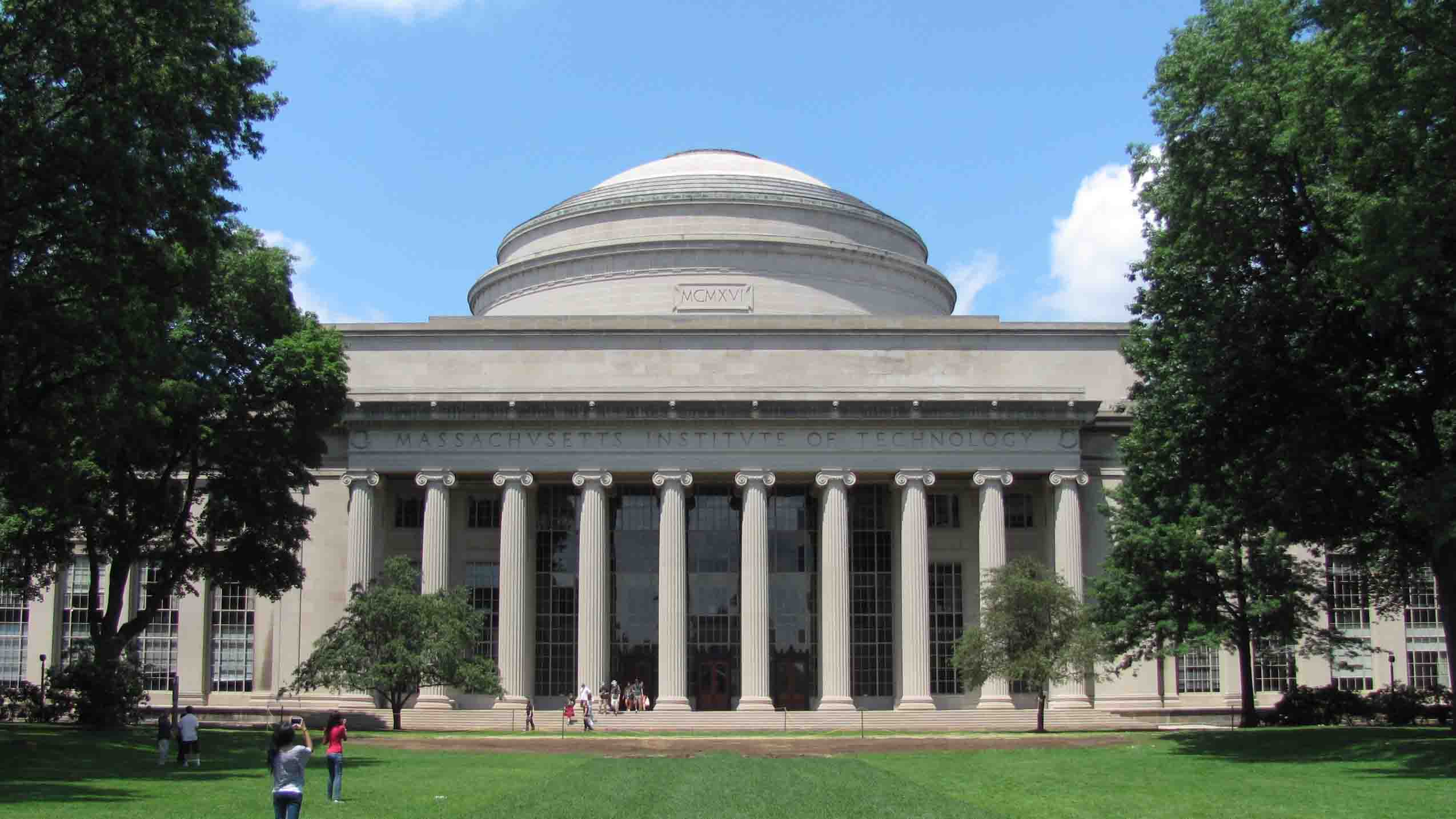
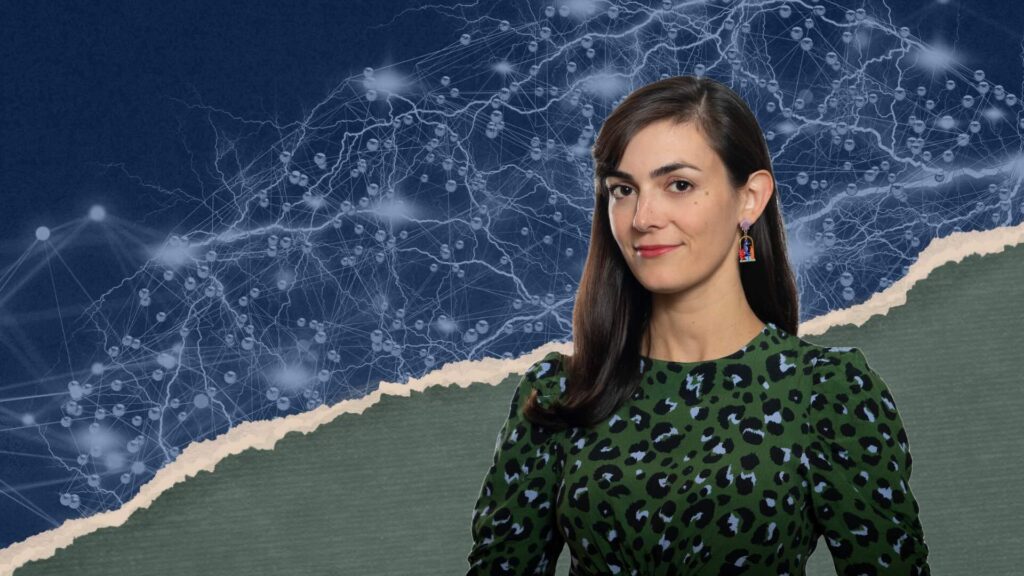
Leave a Reply